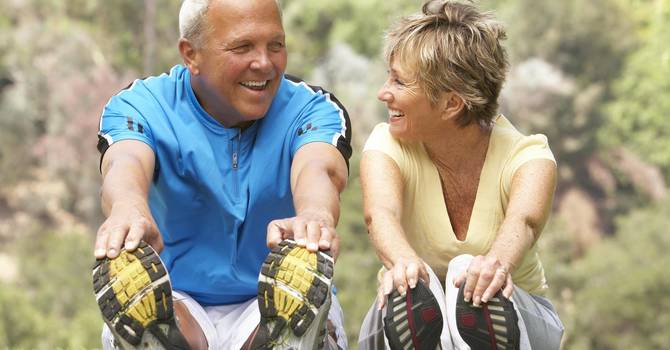
Over the last 5-10 years cupping has seen a significant boom in popularity. You can now see the cupping bruises on professional and olympic athletes on TV. However, cupping is much older and it’s not just for athletes. Cupping is over 4000 years old. There are historical records of cupping in ancient, Chinese, Indian, and Egyptian texts. So what does cupping do? Cupping is used as an adjunct to treat pain, reduce inflammation, and increase blood flow. In those ancient cultures the key to health was all about flow. Cupping works by creating suction between the layers of the skin, fascia, and muscles. This creates decompression of the involved tissues which increases blood flow. Increased blood flow is going to decrease inflammation and in turn decrease pain. Cupping can be used to help treat many conditions. It can help with plantar fasciitis, knee pain, hip pain, low back pain, tension headaches, shoulder problems and elbow pain. Cupping can also be used on both new and old injuries.
There are 2 main techniques used in cupping. Wet cupping and dry cupping. Dry cupping is placing cups on the body and applying decompression. This is typically what you see and this is the technique used in our office. Wet cupping is applied after dry cupping when small abrasions are made on the skin and the cup is reapplied and the suction results in blood seeping out of the abrasions. This is a more advanced technique used to increase blood flow and remove irritants from the tissue. Wet cupping is not used in our office. The first method of dry cupping that we use in our office is static cupping. This is the most common form of cupping therapy where the cups are applied, anywhere from 1 cup to however much is needed to cover the affected area, and the cups are left there. We will apply some added pressure on the cups by pulling on them to get a greater therapeutic effect. The second technique is sliding cupping. One cup and some lotion is applied to an area, adn the cup is then slid around the area as the cup pulls on the soft tissues as it is moved along. This is a slightly more aggressive technique than static cupping. The third and final dry cupping technique is dynamic cupping. In this technique multiple cups are placed on the area and the patient is then instructed to move their body in a specific way, essentially they will be trying to pop the cups off of their body. This is the most aggressive technique as we are inducing a lot of movement while applying a lot of decompression with the multiple cups.
Cupping therapy usually lasts anywhere between 5-10 minutes in our office. Cupping can be used on new or old injuries and be applied almost anywhere on the body. It is great at increasing blood flow and reducing inflammation and pain. Cupping therapy has been around a long time, 4000 years about, and has been shown to be most effective when it is combined with other forms of therapy. It is best used in conjunction with chiropractic adjustments, soft tissue scraping techniques, and exercise protocols.


